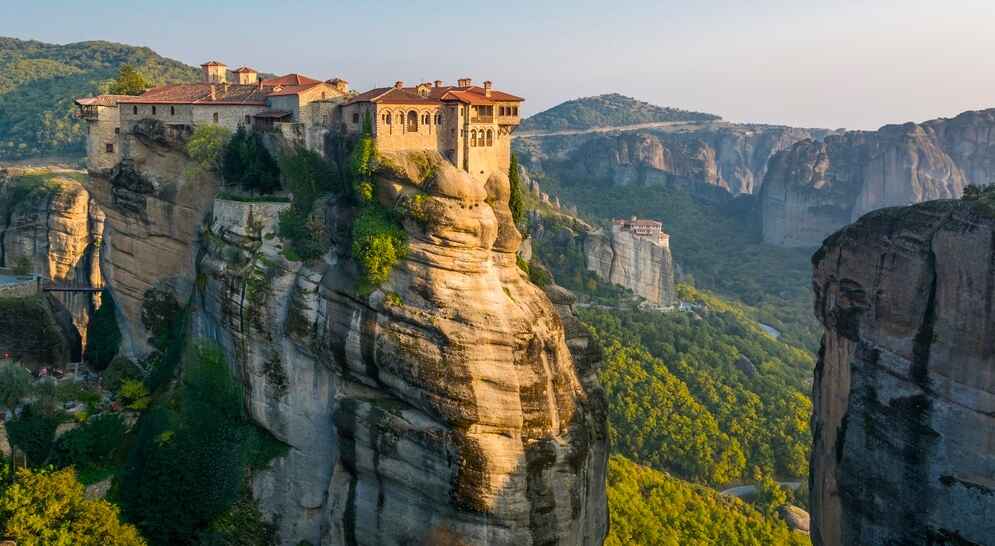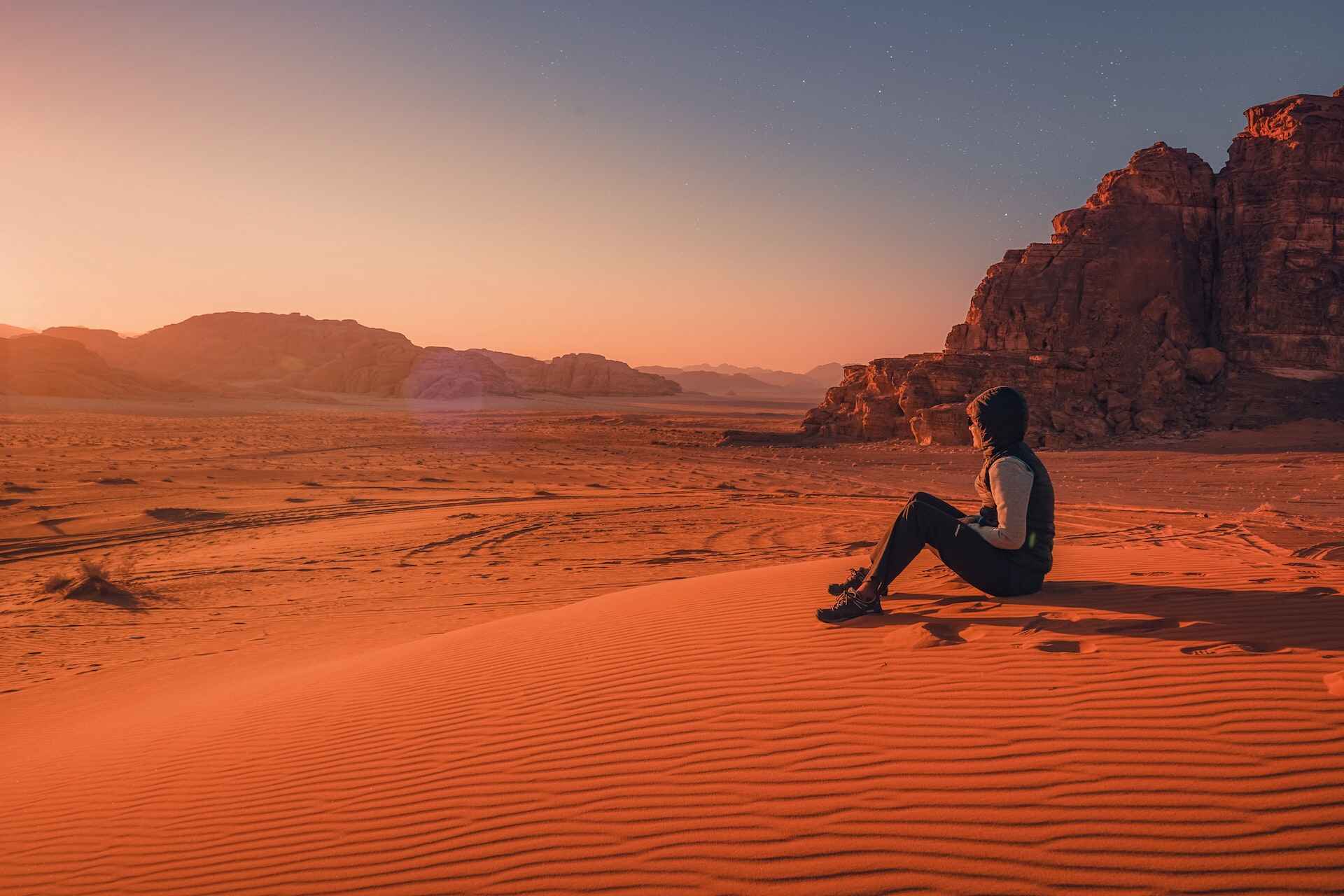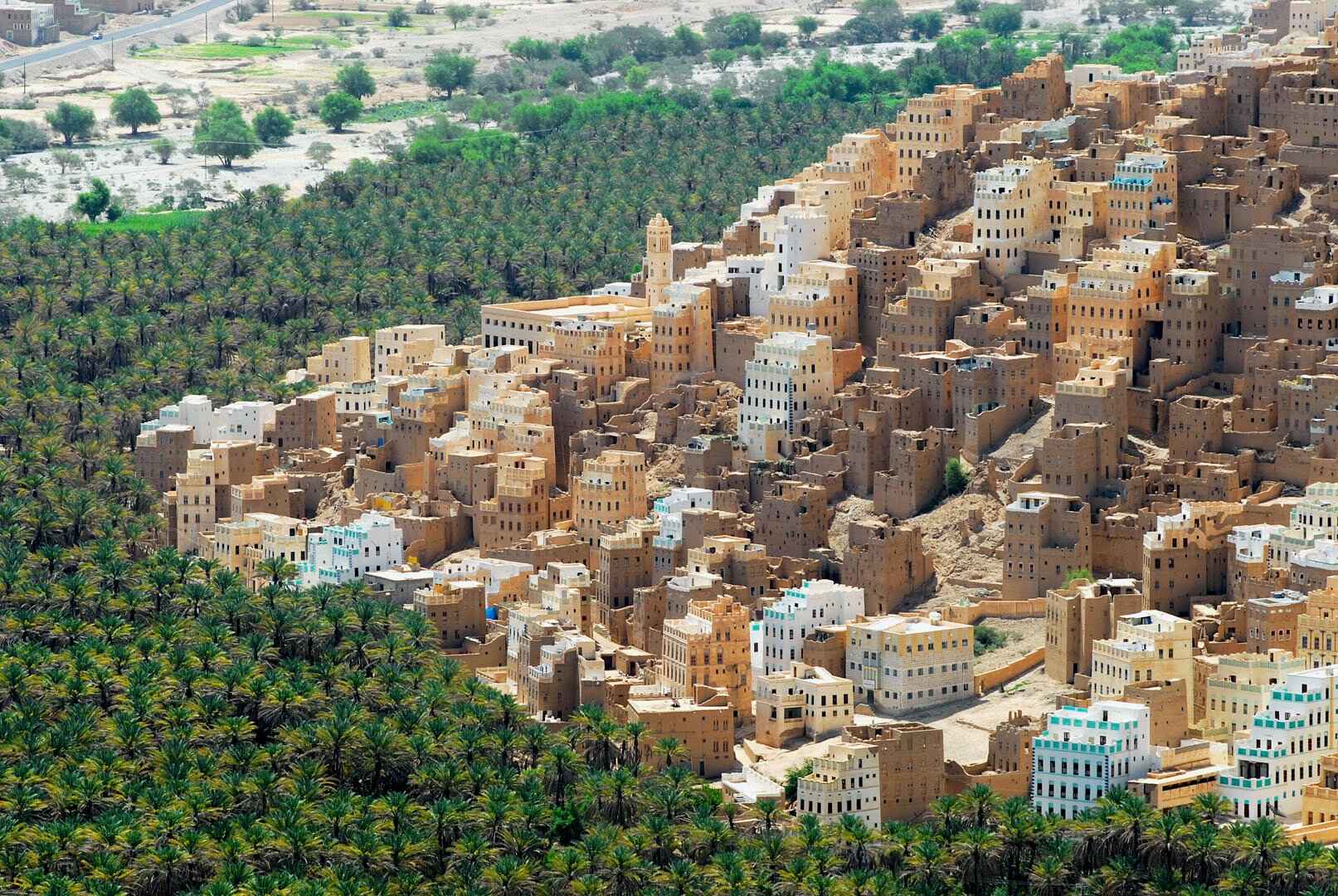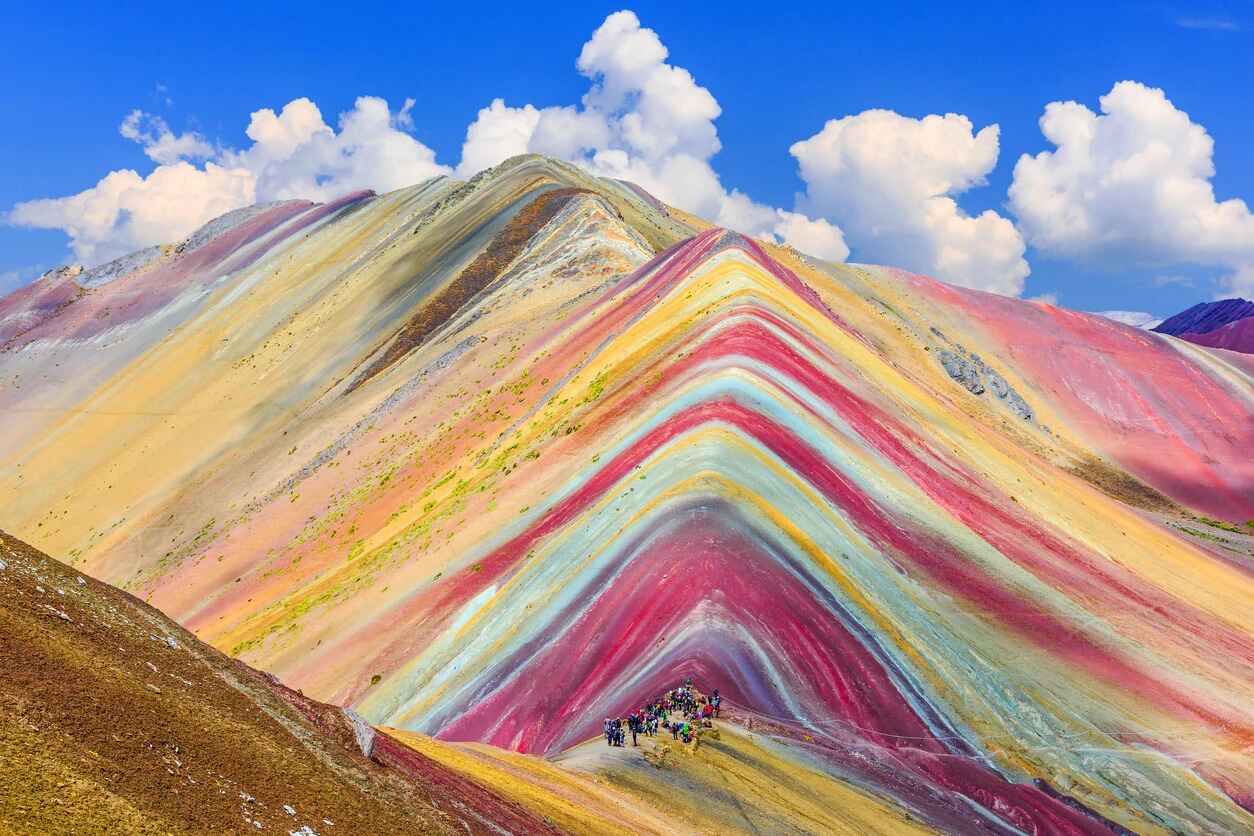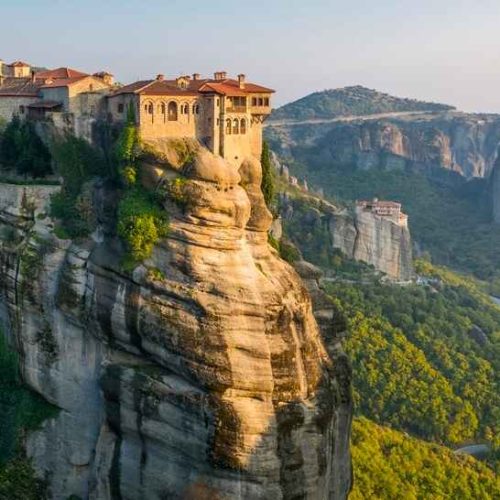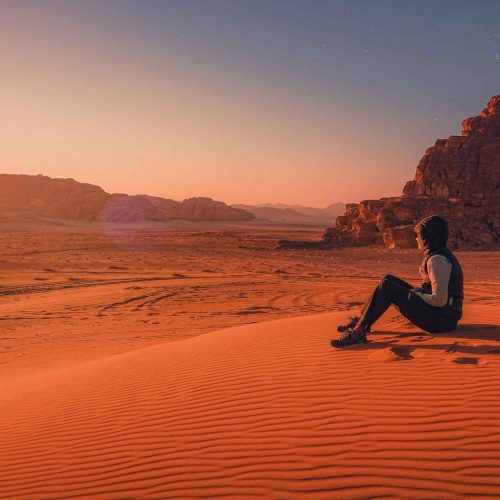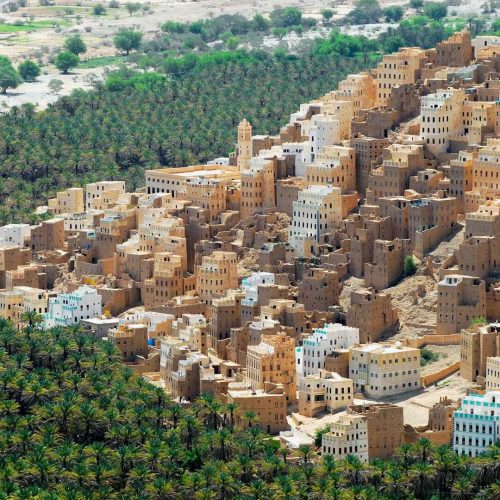Machu Picchu sits perched at 2,430 m above sea level, high in Peru’s Andes. More than a breathtaking ruin, it embodies centuries of ingenuity, faith, and adaptation. This post traces Machu Picchu’s story from its 15th-century founding through abandonment, rediscovery in 1911, and today’s status as a carefully managed World Heritage Site. Along the way, we examine every angle—Inca engineering, daily life, ecological context, and confirm that no Islamic traditions ever took root here—while highlighting key points with eye-catching badges.
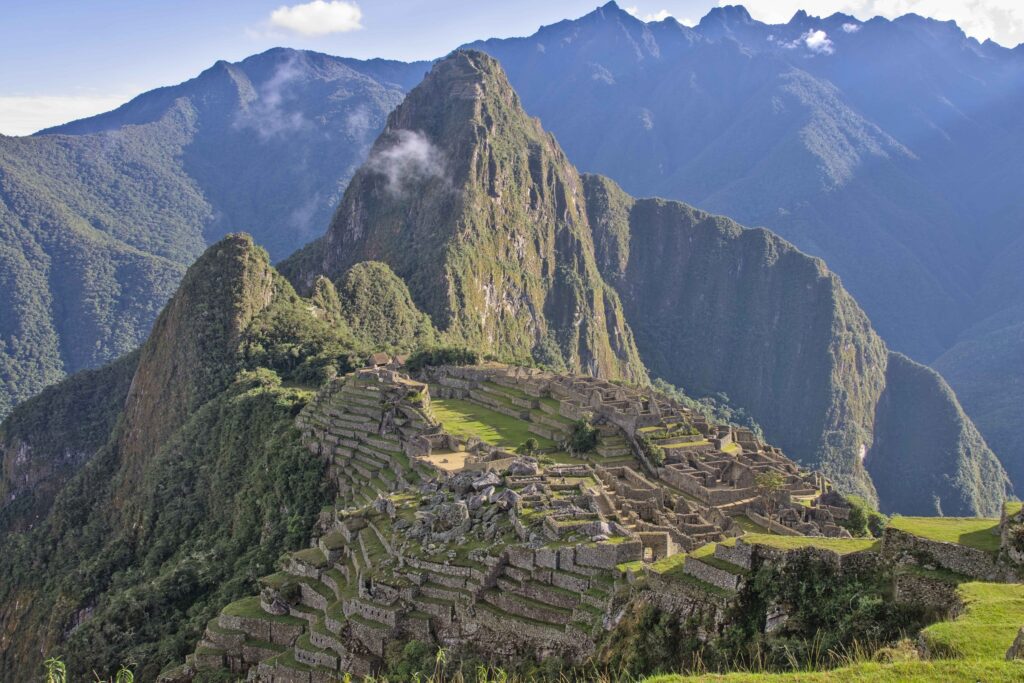
Built under Emperor Pachacuti Inca Yupanqui around 1450, Machu Picchu served as a royal retreat and spiritual center.
- Urban vs. Rural:
- Urban Sector: Temples, palaces, and plazas at the highest terraces.
- Agricultural Zone: Over 700 terraces engineered for drainage, frost resistance, and soil fertility.
🔨 Stone Masonry & Design
The Incas perfected ashlar construction—massive stones carved to fit together without mortar. Key structures include:
- Temple of the Sun: Semi-circular tower aligned to the June solstice sunrise.
- Intihuatana (“Hitching Post of the Sun”): A carved ritual stone used to track equinox shadows.
- Hall of Three Windows: Offers sweeping valley views and religious symbolism.
Badge: Ashlar Masonry Mastery 🧱
Badge: Solar Alignments 🌞
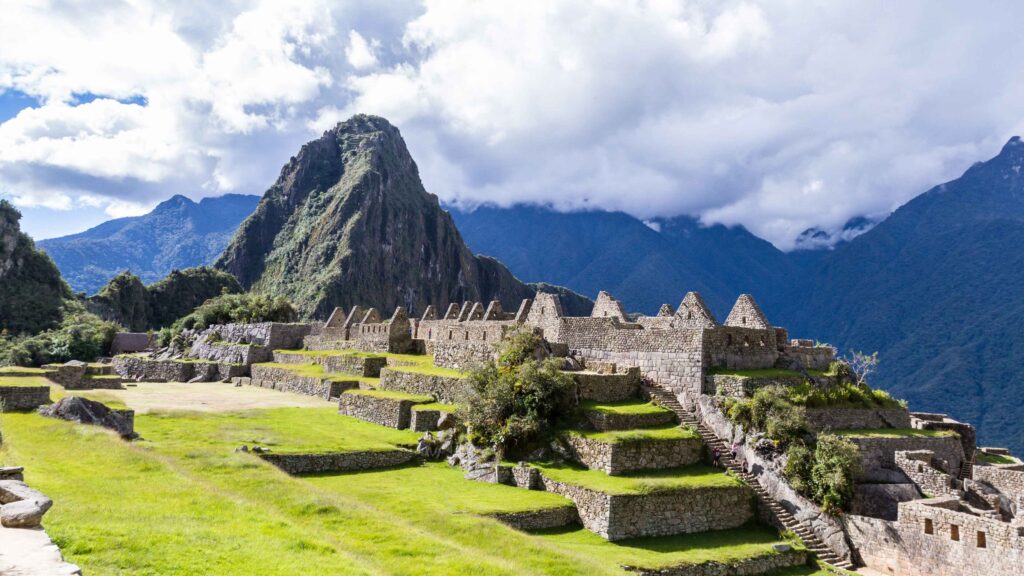
🌿 Geography & Environmental Harmony in Machu Picchu
Machu Picchu occupies a ridge flanked by the Urubamba River canyon. The site demonstrates Inca respect for nature:
- Water Management: A network of canals and fountains delivers spring water throughout the citadel.
- Erosion Control: Terraces anchored by retaining walls stabilized steep slopes against landslides.
- Biodiversity: The surrounding cloud forest hosts orchids, hummingbirds, and spectacled bears.
Badge: Ingenious Waterways 💧
Badge: Cloud Forest Biodiversity 🌺
📜 Abandonment & Hidden Legacy (c. 1532–1911)
After the Spanish conquest of the Inca Empire (1532–1572), Machu Picchu was largely abandoned. Possible factors include:
- Political Upheaval: Breakdown of centralized Inca authority.
- Diseases: Epidemics introduced by Europeans.
- Logistical Challenges: Remote location made resupply difficult.
Despite colonial exploration across Peru, the Spanish never recorded Machu Picchu. Over centuries, jungle and mist concealed its terraces and temples.
Badge: Lost to Time ⏳
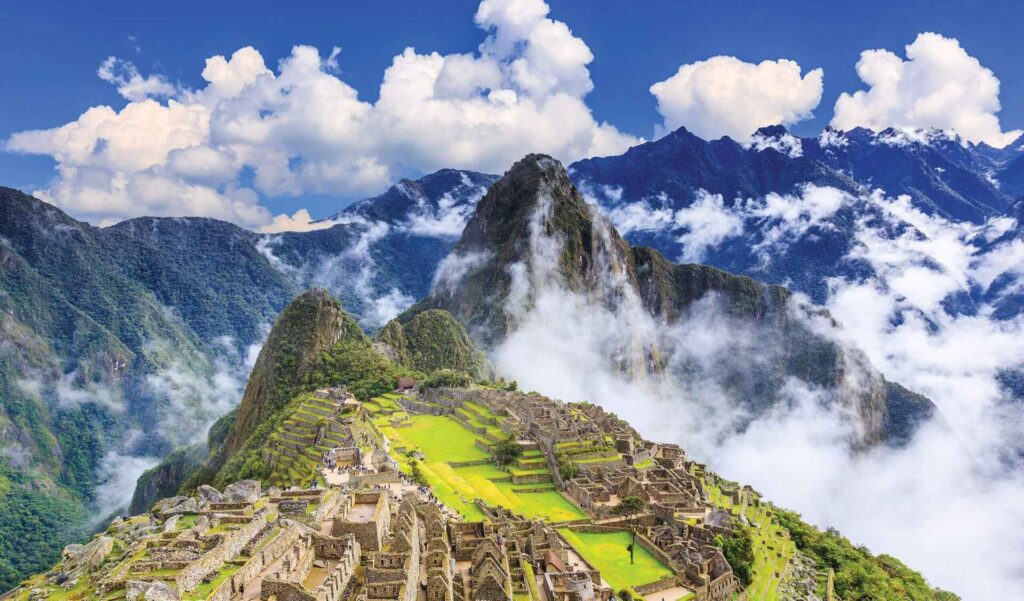
🔍 Rediscovery by Hiram Bingham (1911)
On July 24, 1911, Yale explorer Hiram Bingham III arrived at Machu Picchu, guided by local Quechua families who knew the ruins well.
- Initial Excavations: Bingham’s team mapped major structures, sending artifacts to Yale (later repatriated).
- Academic Debate: Early claims of Machu Picchu as a “lost Inca capital” evolved into understanding it as a royal estate and ceremonial site.
Badge: 20th-Century Spotlight 📸
Badge: Quechua Knowledge Honored 🤝
🕌 Islamic History in Machu Picchu?
Machu Picchu’s entire built and ceremonial tradition stems from Inca cosmology and Andean indigenous beliefs. There is no evidence of Islamic influence, settlement, or architecture—this was an autonomous Inca creation prior to any Old World contact.
Badge: Purely Inca Heritage 🛡️

🏛️ UNESCO Designation & Modern Conservation (1983–Today)
In 1983, UNESCO inscribed Machu Picchu as a World Heritage Site. Since then, Peru has implemented measures to protect the citadel:
- Visitor Limits: Daily caps and timed-entry tickets prevent overcrowding.
- QR-Based Circuits: Three route options (Classic, Panoramic, Royal) guide traffic flow.
- Erosion Control Projects: Reinforced terraces and path rerouting reduce wear.
- Local Community Engagement: Quechua artisans and guides share cultural stewardship.
Badge: UNESCO World Heritage 🌐
Badge: Sustainable Tourism ♻️
📅 Timeline of Key Milestones
| Year | Event | Badge |
|---|---|---|
| c. 1450 | Construction under Pachacuti | 🏗️ Inca Golden Age |
| c. 1532 | Abandonment after Spanish conquest | 🏚️ Deserted Citadel |
| 1911 | Hiram Bingham’s rediscovery | 🔎 Global Spotlight |
| 1983 | UNESCO World Heritage designation | 🌍 Cultural Recognition |
| 2024 | Launch of QR-based visitor circuits | 📲 Tech-Driven Preservation |
🎒 Planning a Visit Today

While not an exhaustive travel guide, these pointers help frame Machu Picchu’s living history:
- Acclimatize First: Spend 1–2 nights in Cusco (3,399 m) before heading up.
- Choose Your Route: Train or multi-day Inca Trail hike—permits are limited.
- Respect the Site: Stay on marked paths; avoid touching stone walls.
- Engage Locals: Hire Quechua guides to enrich your understanding.
Badge: Cultural Respect 🙏
Badge: Altitude Savvy 🏔️
📖 Conclusion of Machu Picchu
From a secluded royal estate to an icon of world heritage, Machu Picchu’s history spans Inca ingenuity, centuries of obscurity, and modern-day conservation breakthroughs. Its terraces, temples, and trails tell a story of harmony with nature, astronomical mastery, and cultural resilience. As you walk its stony paths, remember you tread where emperors once worshipped—and where today, the world collaborates to preserve a singular chapter of human achievement.
Dive deeper, plan responsibly, and let Machu Picchu’s layered history inspire your own journey into the past.
❓ FAQs
Likely due to Inca political collapse, European-introduced diseases, and logistical isolation after the Spanish conquest.
No—archaeological, architectural, and material evidence confirm exclusively Inca and indigenous Andean origins.
Strict visitor limits, timed tickets, and community-led conservation help balance access with preservation.

